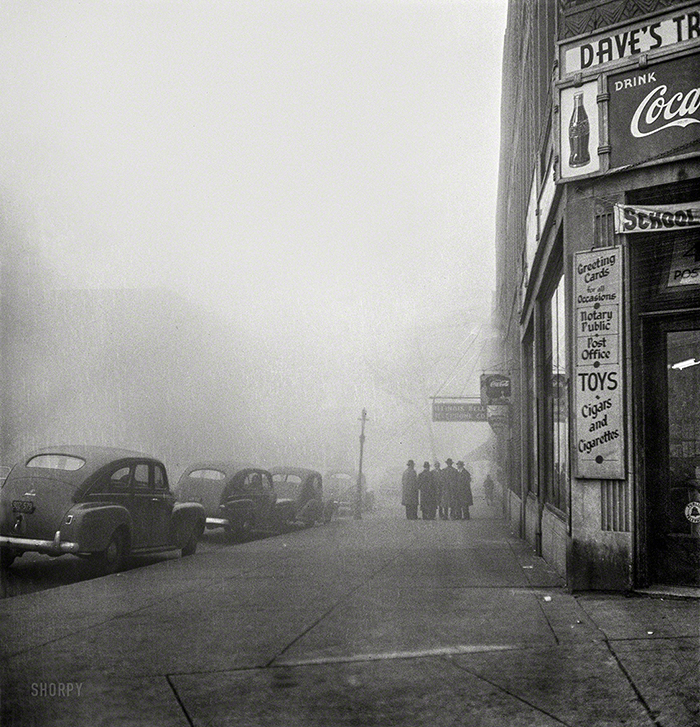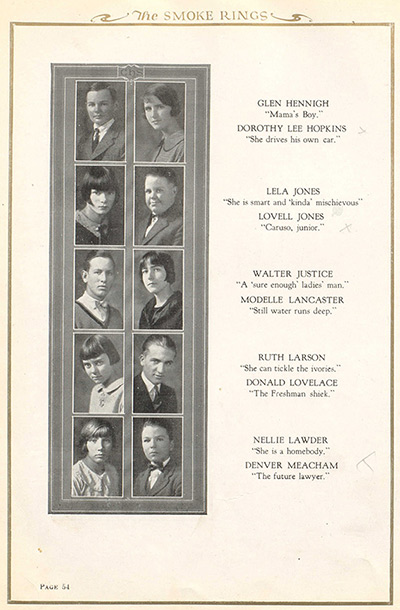We don’t often share Shorpy photos because, well, they’ve got a huge online presence in their own right, so we figure plenty of you already see the images they share without us riding on their coattails.
But we couldn’t resist sharing this one. Though it was shot on the street, it looks like a still from a classic film noir that we’ve somehow not yet seen (though we’d happily line up to buy a ticket, if we could).
Here’s the info: December 1942. “Chicago, Illinois. An unusually heavy fog in the early afternoon.” Photo by Jack Delano for the Office of War Information.
Nice going, Mr. Delano. Nice going, indeed.




